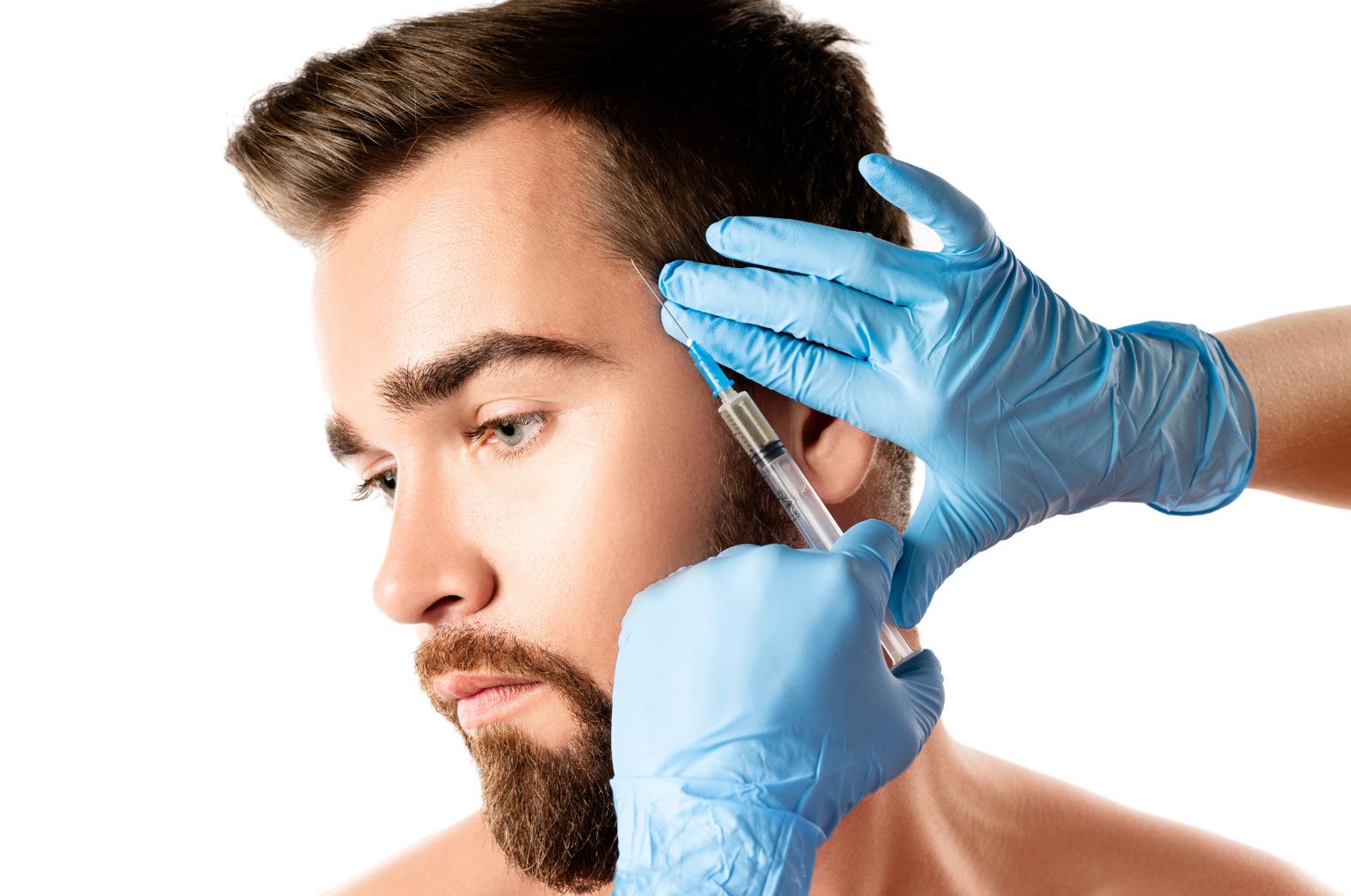Is PRP a Lifetime Treatment?

Platelet-rich plasma (PRP) therapy has become a popular treatment for hair loss, offering a non-surgical and natural approach to hair restoration. However, many individuals considering PRP wonder whether it provides permanent results or if ongoing treatments are necessary. This article explores the longevity of PRP for hair loss, its effectiveness as a long-term solution, and alternative treatments to consider.
PRP Treatment Overview
PRP therapy for hair loss involves drawing a small amount of the patient’s blood, processing it to concentrate the platelets, and injecting the plasma into the scalp. The platelets contain growth factors that stimulate hair follicles, promote cell regeneration, and encourage new hair growth. PRP is commonly used to treat androgenetic alopecia (pattern baldness) and other forms of hair thinning.
The procedure is minimally invasive, typically performed in a clinical setting, and requires no downtime. Patients may experience mild redness or tenderness at the injection sites, but these effects subside within a few hours to a day.
Longevity of PRP Results
While PRP therapy can significantly improve hair density and reduce shedding, the results are not permanent. The longevity of PRP’s effects varies depending on factors such as the severity of hair loss, genetics, overall health, and adherence to a maintenance plan.
Most patients require an initial series of treatments—typically three to four sessions spaced about a month apart—to see noticeable improvements. After the initial phase, maintenance treatments are generally recommended every six to twelve months to sustain results. Without follow-up sessions, hair thinning may resume over time as the underlying causes of hair loss persist.
Is PRP a Permanent Solution?
PRP is not considered a one-time or lifetime treatment. While it can stimulate hair growth and slow down hair loss progression, it does not alter the genetic or hormonal factors that contribute to hair thinning. This means that stopping PRP therapy may lead to a gradual return of hair loss.
For those seeking a more lasting solution, PRP is often combined with other hair restoration treatments such as topical minoxidil, oral finasteride, or hair transplant surgery. Additionally, maintaining a healthy lifestyle, reducing stress, and following a proper hair care regimen can help prolong PRP’s benefits.
Alternatives to PRP
For individuals who prefer not to undergo PRP therapy or who are looking for additional options, several alternatives exist:
- Minoxidil (Rogaine): A topical medication that stimulates hair growth and slows hair loss. It requires continuous use to maintain results.
- Finasteride (Propecia): An oral medication that blocks DHT, a hormone responsible for hair loss in men. It is prescription-based and primarily used for male pattern baldness.
- Low-Level Laser Therapy (LLLT): A non-invasive treatment that uses laser light to stimulate hair follicles and improve hair growth.
- Hair Transplant Surgery: A more permanent solution involving the transplantation of hair follicles from a donor area to thinning areas of the scalp. The two main techniques include:
- Follicular Unit Extraction (FUE): Individual hair follicles are extracted and implanted into balding areas, resulting in minimal scarring and a natural appearance.
- Follicular Unit Transplantation (FUT): A strip of hair-bearing skin is removed from the donor area, and follicular units are transplanted to thinning areas. This method is effective for those requiring a larger number of grafts.
PRP therapy for hair loss is a promising and effective treatment, but it is not a lifetime solution. While it can significantly improve hair growth and slow hair loss, maintenance sessions are typically required to sustain results. Individuals considering PRP should discuss their goals with a hair restoration specialist to determine the best long-term approach. For those seeking alternatives, options like medications, laser therapy, and hair transplants provide additional avenues for hair restoration. Ultimately, a combination of treatments tailored to individual needs offers the best chance for lasting hair regrowth.
Ready to take the next step in your hair restoration journey? Visit Shapiro Medical Group to schedule a consultation with leading hair restoration experts and explore the best treatment options for you!

